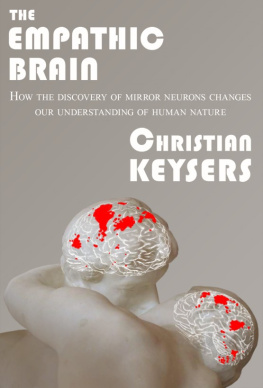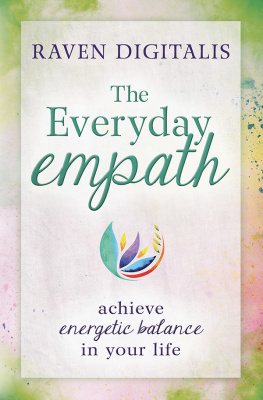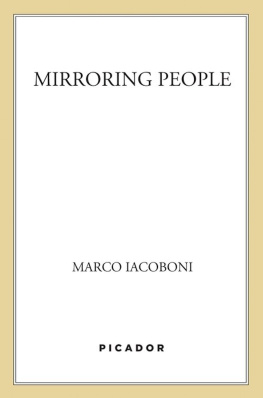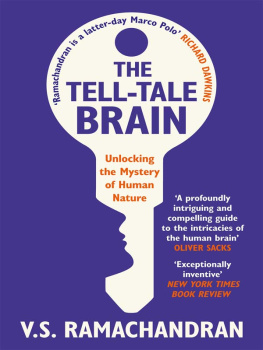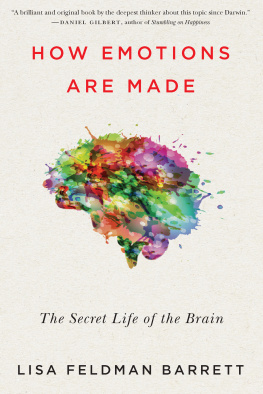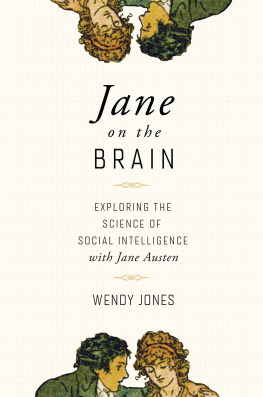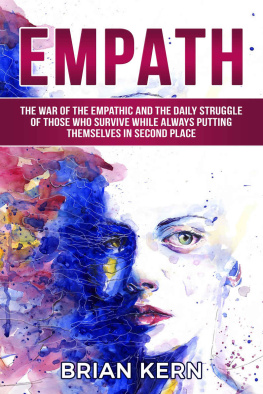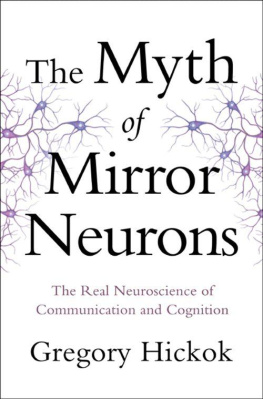The Empathic Brain
How the discovery ofmirror neurons changes our understanding of human nature
By ChristianKeysers
Copyright 2011Christian Keysers
Smashwords Edition
This ebook is licensedfor your personal enjoyment only. It may not be re-sold or givenaway to other people. If you would like to share this book withanother person, please purchase an additional copy for eachrecipient. If youre reading this book and did not purchase it, orit was not purchased for your use only, then please return toSmashwords.com and purchase your own copy for only $2.99. Thank youfor respecting the hard work of this author.
First Published June2011
Christian Keysers,2011
To Julia
Table ofContent
About theAuthor
Appendix: Davis InterpersonalReactivity Index
Introduction: Connecting People
The best day of my life started off with what youcould call a failure. Even little details of that moment will stayin my head forever. On a Saturday in January of 2004, fresh snowcovered the rugged edges of the Dolomites around that small towncalled Castelrotto, in Italy. Valeria and I sat in a tiny church infront of two Catholic ministers. You may now exchange your vows,one of the ministers said. My heart started beating strongly.
The words I was going to sayI had prepared andrehearsed them over and over in my headwere ready to be spoken,but now that Valeria was looking into my eyes, in front of my bestfriends and family, a knot formed in my throat, and tears appearedin the corners of my eyes. My voice started, began a wordmore likea fraction of a wordand then quickly broke. Everybody was waitingfor me to say something, and the silence around me was gettinglouder and louder. So I started again, listening to myself from theoutside, like a stranger.
And then something happened. Still struggling withwords, I glanced at the people around us. Instead of the impatienceI expected, I saw how a dear friend of mine in the first row hadpulled a handkerchief from his pocket. I looked at my father, and Isaw his face covered in tears. Even our photographer wasnt takingpictures anymore. The people around me seemed to be feeling, atleast in part, what I was feeling. Noticing and realizing thathelped me go on. I was still shaking, and it still took me whatfelt like minutes to control my voice well enough to say thoselines. But I finally managed to say them (and she said yes).
Im telling this story, not because of what happenedto me, but because of what happened to the others in the room. Wehave all experienced moments like these; moments in which we findourselves movednot because of what happened to us, but because ofwhat happened to someone else.
Emotions of other people can become part of us;they can become our emotions,almost as if what happens to others spills over to us. Experiencingthis doesnt even take effort. We just do it, automatically,intuitively, and largely uncontrollably. That is to say, our brainsdo it. In fact, this feat of our brain, the emotional connectionwith others is, to a large extent, what makes us human. But howdoes our brain do that? Why should the emotions of others affect usso much? That is what this book is all about.
Of course, we do not share only happy moments. Otheremotions work just as well, as youll soon see. Occasionally, Iminvited to give a talk to explain my line of research. Sometimes,the invitation comes from a remote part of the world, and I findmyself talking to an audience with a totally different culturalbackground. Still, everybody seems to understand intuitively themovie clip I start off with.
The clip is taken from one of the movies I likedso much when I was a kid, Dr. No ,with Sean Connery as James Bond. Bond is lying in bed, white sheetscovering his sleeping body. Suddenly, a tarantula the size of ahand emerges from under the sheets and crawls toward his head. Eachof the spiders steps seems to create a little dimple on Bondsskin where the sharp claw takes hold. Awakened by the tinglingsensation, Bond tenses. His ears fill with the rhythmic thumping ofhis heart. Little droplets of sweat begin forming on his face, andhe scans the bed in search of an object he can use to brush thespider away.
Since Ive seen the clip at least a hundred times,I dont look at it anymore. Instead, I watch the audience. I pickout a few people I can see well, and , looking at their faces andbodies, I dont have to ask what goes on in their mind. Ican see it. And Ican feel their discomfort. Actually, its a mixture of discomfortand pleasure, because even though they see the spider and senseSean Connerys tension, they all know that they are perfectly safe.And yet, just watching the scene, their heartbeats accelerate, theystart sweating a little, their bodies become tense, and some evenfeel their arms start itching as if the spiders claws werebrushing their own skin. We connect with James Bond and startfeeling what he feels. But why? Why are we so moved by movies? Why,as we sit comfortably on our living room sofa, does the sight of amovie trigger physiological responses that would only beappropriate if we were in danger ourselves?
Of course, not every day is wedding day and, thankGod, most of us are not regularly attacked by super-sized spiders.But dont be mistaken. Even in the routine of our everyday lives,connecting with others, understanding how they feel, is a capacitywe would certainly not want to miss. Social life would simply breakdown without it.
Waking up in the morning, looking at my wifeValeria, my brain needs to instantly solve a number of complicatedand, for my marriage, vitally important questions, such as: What ishiding behind her sleepy face? A wish for a hug because she justwoke up from a bad dream? An unspoken plea for me to preparebreakfast? At work, I have to decide whether my Deans mood is goodenough to ask him for the sabbatical I need to write this book.Back at home, longing to collapse on the couch, I have to figureout whether Valerias offer to cook is sincere, or whether shereally wants me to do it instead. All throughout the day, thesuccess of our relationships and careers depends on our capacity toread the emotions and states of others. Very often we do manage tosense the inner states of others even though they try to hide them.We feel sadness behind a faked smile, or bad intentions behindseemingly generous actions. How do we do it? How do we manage tofeel what is concealed?
In the second half of the nineteenth Century, modernbrain science began by asking basic questions about where languageis located in the brain, how we memorize things, and how our brainmoves our body. More than a hundred years later, in the 1980s and1990s, emotions became more popular. Still, research was almostexclusively done on isolated individuals. The question of how weread the minds of others and are moved by their emotions remainedlargely untouched.
And with good reason. Scientists werent studyingthe brain in social interactions because its very hard to do.Testing complex human interactions is difficult by using animalmodels or observing a single person lying still in a brainscanner.
Another part of the reason it wasnt being studiedwas that, for a long time, nobody cared much about the questionbecause it seemed trivial. Most children are experts at tellingother peoples emotions by age seven, and most of the time when weshare the emotions of others, youre not even consciously doing anything; it just happens to you. You dont haveto think tounderstand what Bond is going through when the spider crawls alonghis skin because you understand him intuitively. The task seemed soeasy, so trivial in contrast to hard things like calculus, whichvirtually no human can do before age sixteen, that we took thiscapacity for granted. Ironically, computers have been able docalculus since the 1950s, but recognizing that somebody next to youis happy or afraid turns out to be so difficult a task, that nomodern computer or robot of the twenty-first century is able to doit. Why is understanding other people, which is so hard forcomputers, so much easier for us than something like calculus,which is so easy for computers?
Next page
